Shop
Fascia is a thin yet strong network of connective tissue that runs throughout the entire body. It surrounds and connects muscles, bones, organs, nerves, blood vessels, and other structures in the body. You can think of it as a three-dimensional web that links and supports everything within your body.
Key characteristics of fascia:
- Structure and support: Fascia provides shape and stability by holding structures like muscles and organs in place.
- Movement and flexibility: It allows smooth movement by enabling muscles and joints to glide freely over each other.
- Protection: It safeguards tissues against excessive pressure or strain.
- Communication: Fascia contains nerve endings and sensors, playing a role in transmitting signals and enhancing body awareness.
Healthy vs. unhealthy fascia:
- Healthy fascia is flexible, hydrated, and elastic, facilitating smooth movement and reducing pain.
- Unhealthy fascia can harden, dry out, or form adhesions, often due to stress, poor posture, lack of movement, or injury. This can lead to stiffness, pain, or reduced mobility.
Fascia and well-being:
In recent years, there has been growing interest in fascia within health and sports fields. It plays a vital role in recovery, flexibility, and pain management. Techniques such as fascia therapy, yoga, foam rolling, and stretching focus on improving the condition of the fascia.
Benefits of Fascia Stretching:
- Improved Mobility: Regular fascia stretching can increase flexibility and range of motion in muscles and joints, leading to easier movement.
- Pain Relief: Stretching the fascia can help release tension and reduce chronic pain caused by tight or restricted connective tissue.
- Better Posture: By addressing fascial imbalances, fascia stretching can help improve posture and alignment, reducing strain on muscles and joints.
- Increased Blood Flow: Stretching the fascia can promote circulation, which helps with the delivery of oxygen and nutrients to tissues and the removal of waste products.
- Stress Reduction: Releasing fascial tension can also reduce overall stress in the body, promoting relaxation and well-being.
Fascia Stretching Techniques:
- (Foam) Rolling: This technique involves using a foam roller to apply pressure to various parts of the body, targeting areas where fascia may be tight or restricted. It helps to release fascial adhesions and improve tissue mobility. See products below
- Myofascial Release: This is a hands-on technique used by therapists to apply gentle sustained pressure to the fascia, releasing restrictions and allowing the tissue to lengthen and relax.
- Dynamic Stretching: Movements like yoga or Pilates involve dynamic stretches that target both muscles and fascia, encouraging a fluid range of motion.
- Static Stretching: Holding a stretch for a longer period, especially in areas where the fascia feels tight, can help to lengthen the connective tissue and release tension.



